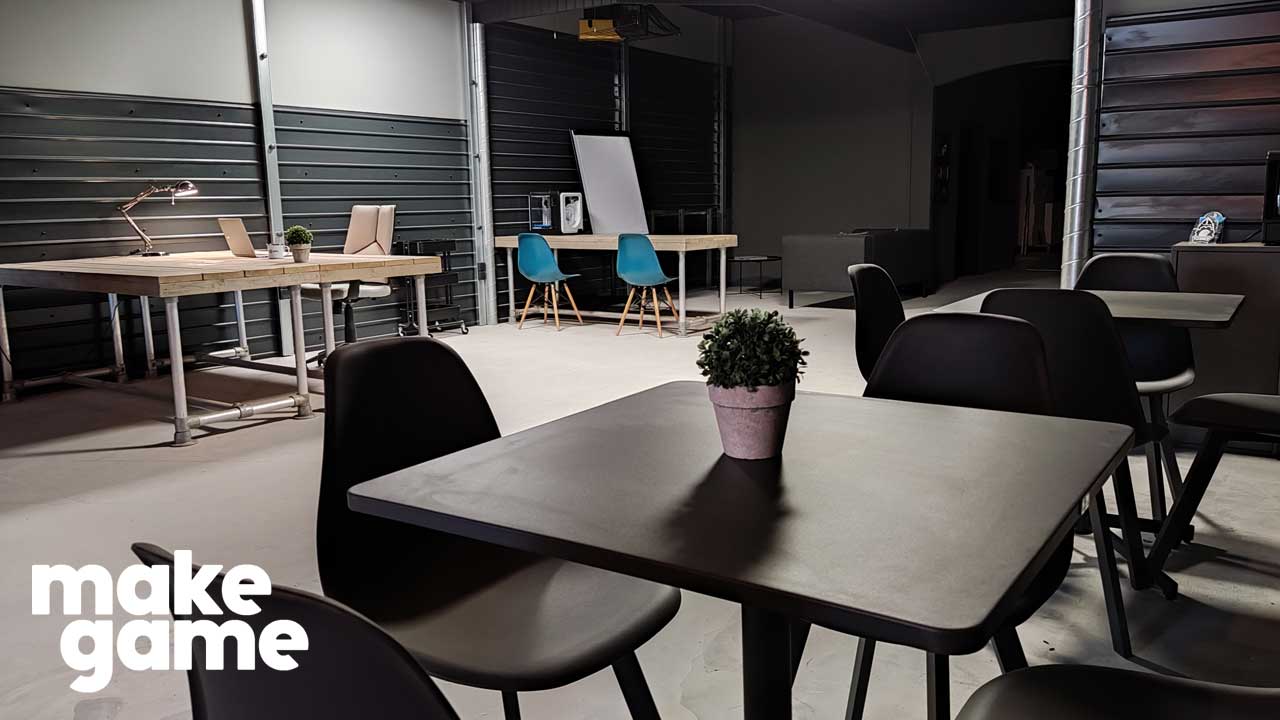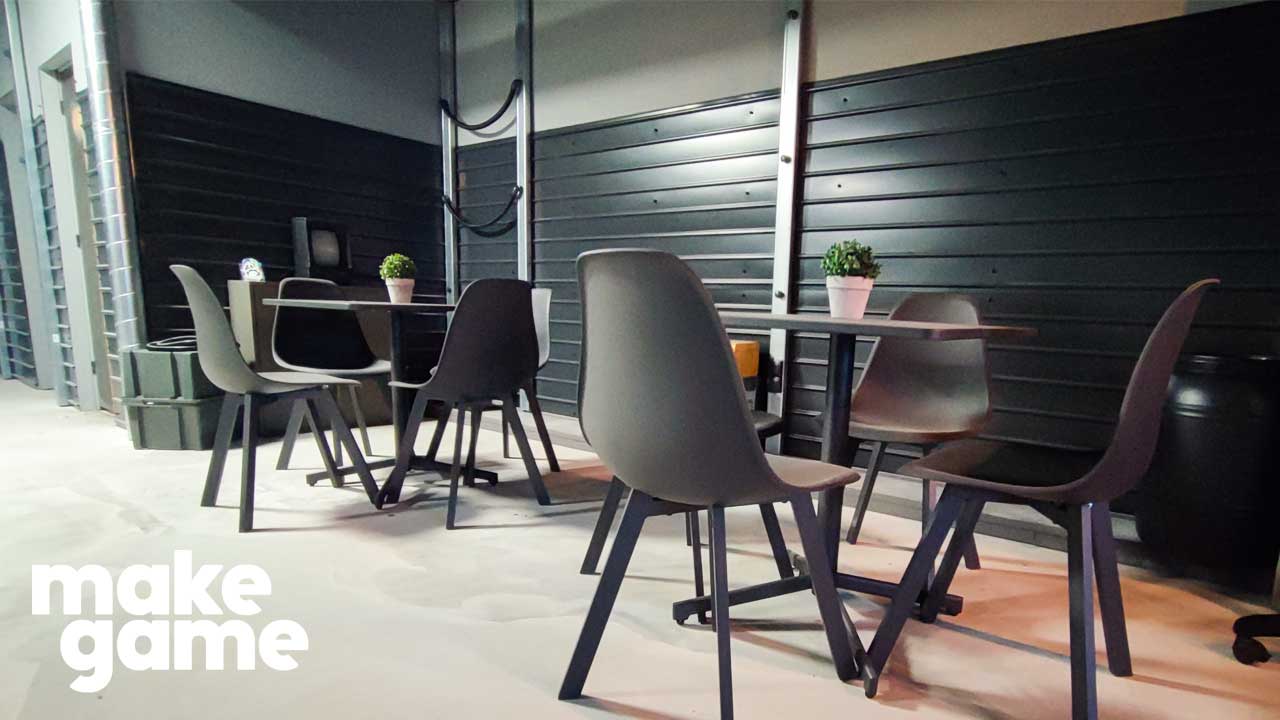MakeGame is a makerspace for indie game developers where they can share knowledge, work on their own projects and find inspiration among like-minded folks.
Open
Opening later
Can't make it to MakeGame or like to visit digitally before making the trip? Check out this digital recreation of the venue which works in your browser or on your mobile device.




You can join our discussion board on Github or our Discord channel for instant chatting with peers.